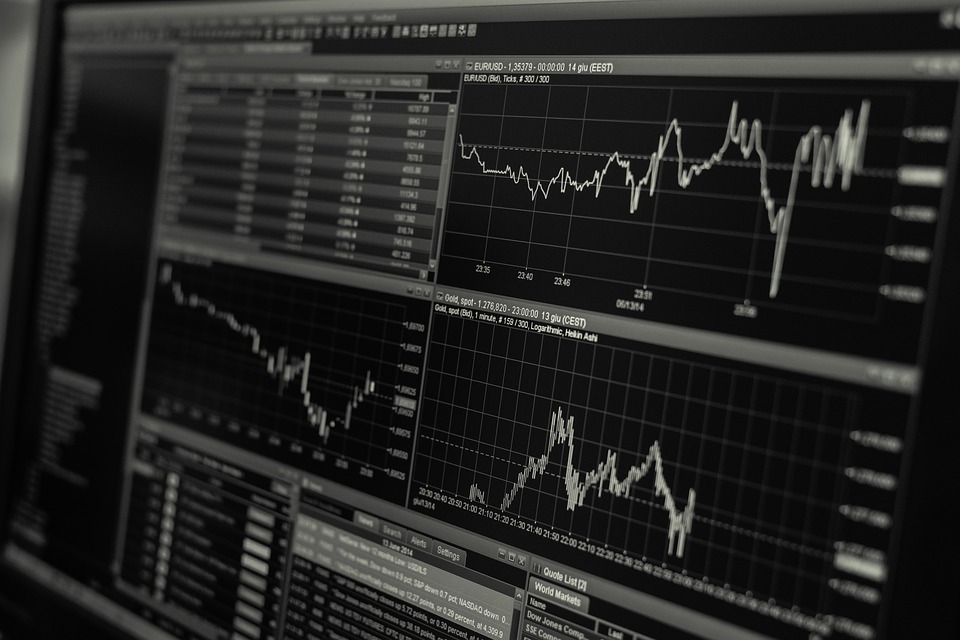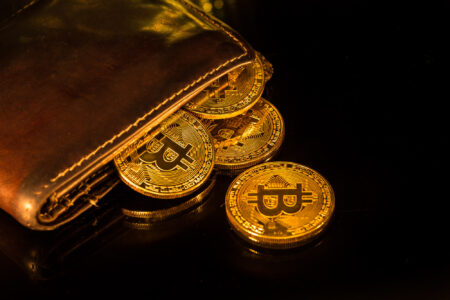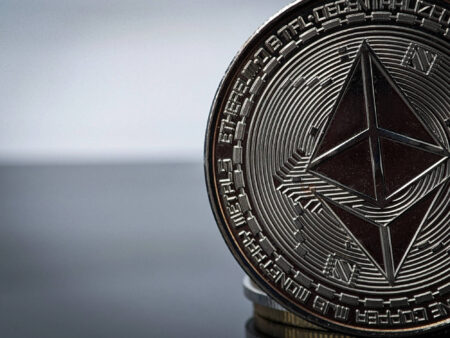Trading in traditional values such as currencies, shares or commodities, has been happening for decades. The most important trading place for US shares, the New York Stock Exchange, was founded in 1817.
The evolution of crypto exchanges
Compared to the trading places of traditional assets such as shares, commodities, etc., trading with crypto currencies is still very young. The first trading place for Bitcoin was probably the Mt.Gox exchange in 2010, but its history ended abruptly in 2014. After a theft (hack) of a large part of client's assets in the form of Bitcoins, the exchange was forced to file for bankruptcy. In 2011 and 2012, other exchange providers of crypto-currencies followed, which, in contrast to Mt.Gox, are still active. The most important ones in terms of trading volume are Bitfinex, Bitstamp, Kraken and Coinbase. In 2013, further exchanges targeting the Asian region followed, among them are names like OKCoin, Huobi and Binance. The latter, which was only founded in 2017, is capitalised with a token (ICO) and is currently one of the largest crypto exchanges in terms of volume and range of traded coins.
It is no secret that stock exchanges currently represent the most lucrative companies in the crypto sector. According to calculations by the block, Binance alone was able to post a profit of almost USD 450 million for 2018.
The stock exchanges vary in the range of products on offer. Some focus on the tradability of as many currency pairs as possible, while others offer instruments with leverage effect from the derivatives market.
Differences to traditional exchanges
One of the main differences between crypto exchanges and traditional exchanges is the access to them. While access to a stock exchange requires a middleman (in the form of a bank or broker), crypto trading is done directly from the investor through the exchange. In addition to operating the trading platform, the crypto exchange also takes care of the safekeeping of the securities. It manages the accounts and the wallets for the customer and keeps the customer’s money holdings and crypto assets in safekeeping. However, this entails customer assets being at risk in the event of a hack. It is, however, possible to transfer the crypto-assets into a separate Wallet after the purchase has been made, which can be held off the Exchange. If the intention is to hold the crypto-assets for a longer period of time, this method is preferable to holding them on the stock exchange for security reasons.
Another difference is the trading hours. While the opening hours of traditional exchanges are usually based on office hours, Krypto is traded 24/7.
Currency pairs and order types
Most exchanges offer a fiat currency pair for the most important crypto currencies. This means that the investor can trade Bitcoin directly against USD or EUR, for example. Currency pairs with stablecoins are a frequently used alternative. Here Bitcoin is traded against a USD stable coin, for example.
The trading method and the types of orders do not differ significantly from a traditional stock exchange. There is an order book with market depth. Orders can be limited or best placed and different stop loss variants are usually also available.
Decentralized stock exchanges
The vast majority of crypto stock exchanges currently provide centralized exchanges. The overwhelming majority of trading volumes are also currently generated on them. As with traditional exchanges, they are managed by a company. Trading and custody take place on their closed server system. Since the custody of crypto-assets in particular involves risks, the idea of decentralized exchanges is interesting in principle. On decentralized exchanges, the crypto-assets are held directly by the investor in his own wallet and are only transferred when a trade is concluded with another market participant. The investor therefore remains the owner of his assets. However, the advantages of security are currently, still clouded by a slower speed. Due to the complexity of the configuration of a decentralized trading place, common exchange features such as market-making or stop loss orders are more difficult to implement. The field of decentralized exchanges is developing rapidly. Hybrid solutions are also being sought in some cases. In addition to existing decentralised exchanges such as IDEX, OpenLedger DEX, Forkdelta to name but a few, Binance has recently started to use Binance DEX.
An overview of the currently most popular crypto exchanges can be found here.





